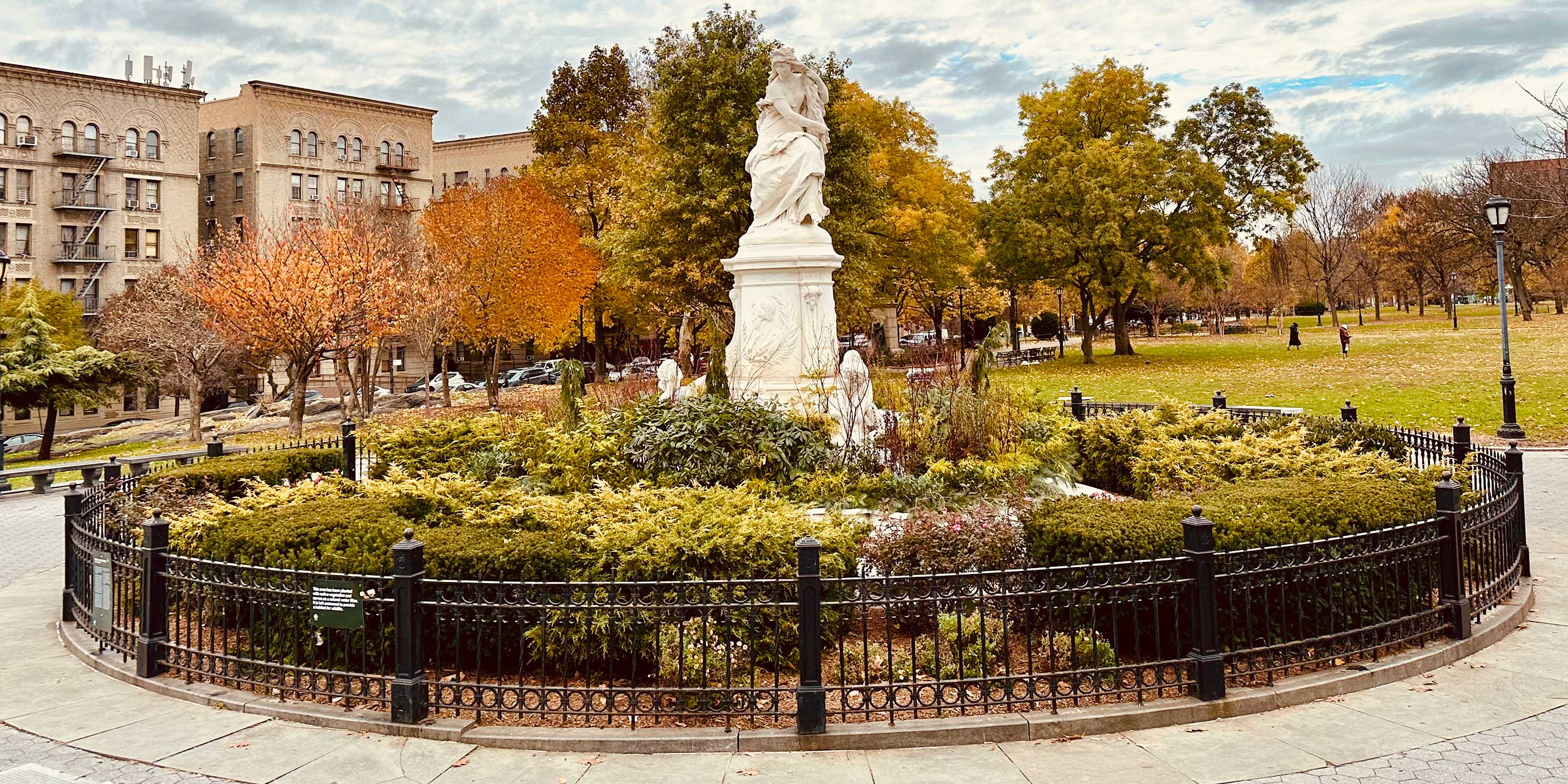A Concerning Precedent at Stake in West Park Presbyterian Church Issue
Letter to Landmarks Preservation Commission Chair Sarah Carroll
Hon. Chair Sarah Carroll
Landmarks Preservation Commission
One Centre Street, 9th Floor
New York, NY 10007
Email Delivery
RE: West Park Presbyterian Church – Hardship Application Comments to the Landmarks Preservation Commission
Dear Chair Carroll,
The Municipal Art Society of New York (MAS) is extremely concerned of the citywide precedent that this hardship application could set for the Landmarks Law and other New York City houses of worship, as our previous comments in 2022 have expressed. MAS urges the Landmarks Preservation Committee (LPC) to deny the hardship application on the West Park Presbyterian Church. There are many avenues that can be studied for preservation of this structure, and the argument for “reasonable return” does not apply for this property. Designated an individual landmark in 2010, the Church is an architectural staple of the Upper West Side, and one of the best examples of Romanesque Revival in our city.
The West Park Administrative Commission (the Applicant) seeks a hardship application on the grounds that the property cannot earn a reasonable return. It’s worth noting that charities and non-profit organizations typically do not qualify for hardship exceptions or claims for reasonable property returns, unlike commercial property owners. As a non-profit organization, the applicant could not benefit from the financial hardship sections of the Administrative Code.
Download Testimony
While MAS recognizes the financial difficulties of the dwindling congregation to maintain the landmark and to address the building’s many violations, the hardship application ignores extensive case law as the Church is not a commercial entity. According to New York State case law in Society for Ethical Culture v. Spatt, Sailors’ Snug Harbor v. Platt, and St. Bartholomew’s Church v. City of New York, non-profit organizations are not entitled to the highest return and best use of their property. Even if a non-profit claims that demolishing a landmark is necessary for the “best use” of their property, New York courts, including the New York State Court of Appeals, have denied such requests. Instead, non-profits must meet the “charitable purpose” test, and hardship may be granted if the landmark designation interferes with carrying out their charitable mission.
The non-profit applicant proclaims a need for “reasonable return” due to their congregation’s dwindling membership, which makes it difficult for them to maintain the building properly. They have provided costs for a full restoration and rehabilitation of the landmark structure. MAS believes that full restoration and rehabilitation may not be required for the building to continue serving its intended purpose. A better approach would be to implement a phased restoration plan over several years, which could help preserve the property’s structure. Additionally, the property can continue to serve non-profit organizations such as the Center for West Park and work with parishioners like the Lighthouse congregation, which has recently used the property for services.
As noted in our comments in 2022, MAS urges LPC to work with the applicant to find a new buyer, perhaps a non-profit, that will repurpose the building for cultural uses while preserving its historically significant features. This should include studying adaptive reuse alternatives, such as preserving the Church’s chapel and conserving the Church façade while restoring the interior building for a new program. Interim restoration work could be phased as the use of the building continues.
As Section 25-309(2) of the New York City Landmarks Law specifies, the hardship proceeding is a two-step process. First, LPC must make a preliminary determination of whether a hardship exists. Next, if a hardship is found, LPC must mitigate or alleviate the hardship without demolition or alteration of the structure. Per the Landmarks Law, LPC may seek to find an alternative buyer for the property or develop a plan which preserves the building while enabling the tax-exempt property owner to carry out its charitable purpose. LPC must critically evaluate the hardship application and its legal compliance and alleviate any found hardship with the preservation of the structure. Granting this hardship application would set a citywide precedent for hundreds of individually landmarked religious buildings.
The West Park Presbyterian Church is situated in one of the best locations in the City to find both alternative uses that could lift the financial burdens as well as command high return for adaptive reuse. One creative policy solution available is to expand the radius of TDRs for individually landmarked religious properties, as used in the Theater District and the 2017 East Midtown rezoning. West Park Presbyterian Church embodies the rich cultural and architectural heritage of the Upper West Side, and MAS supports preserving this building for future generations to treasure.
Yours Truly.

Elizabeth Goldstein
President, Municipal Art Society of New York




